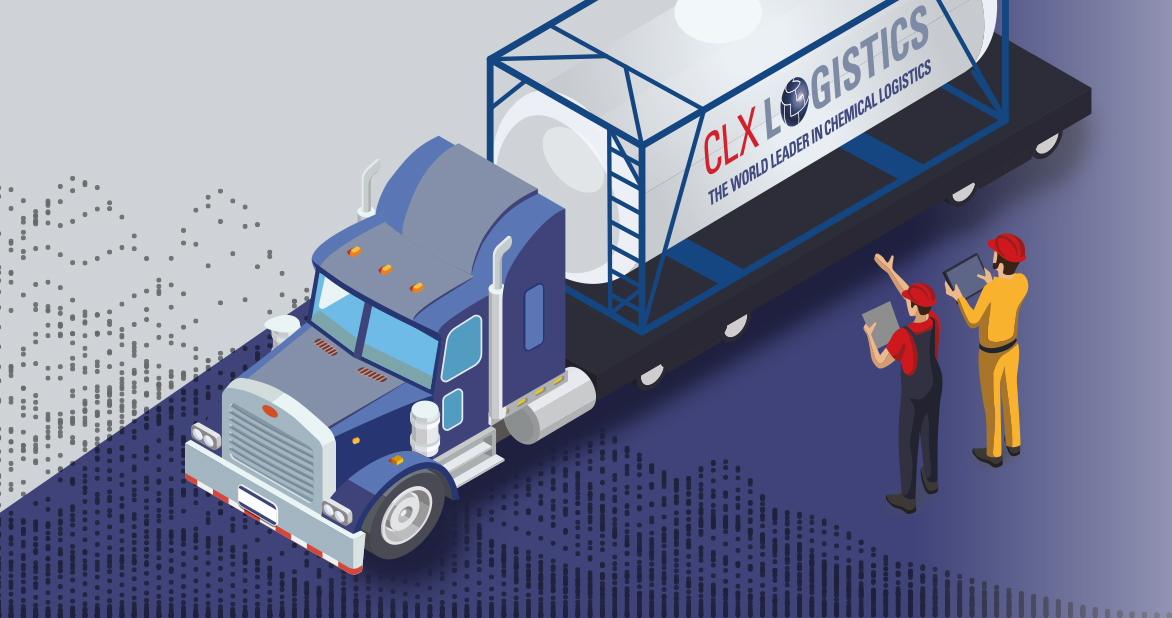How Intermodal Transportation Companies Reduce Carbon Footprint

There is a growing need to leverage sustainable freight transportation methods to help reduce carbon emissions and minimize damage to the planet. Our industry has a history of being one of the biggest producers of carbon emissions, and transportation and logistics leaders and organizations constantly seek new methods of ensuring shipments arrive on time without breaking the bank.
One of the leading ways logistics professionals provide fast and dependable service while saving money and significantly reducing their overall carbon footprint compared to standard over-the-road shipments is intermodal transportation. Let’s take a quick look at what intermodal shipping is and the carbon reduction benefits it offers to carriers.
What is Intermodal Transportation?
Intermodal transportation uses two or more modes or carriers to transport freight from shipper to consignee. It’s a shipping strategy that began in 18th century England, and in the 1950s, the steel intermodal transportation container was standardized based on design specifications from the US DoD. Today’s intermodal containers often include further specializations, such as BulkTainer™ ISO tanks used for BulkTainer® intermodal transportation services for liquid chemicals, allowing carriers to transport liquid chemicals between trucks, trains, and ships without handling any actual cargo. When considering different strategies, shippers want to balance cost and service, and intermodal is often an effective solution to meeting those goals.
What are the Carbon Reduction Benefits of Intermodal Transportation?
In recent times, sustainable supply chains have been heavily championed by congress members, the general public, and supply chain planners. To meet these demands, the extensive use of railways is key to the carbon reduction potential of intermodal transportation. Freight trains are more aerodynamic and move at a consistently faster pace than trucks with much higher capacity, leading to significantly greater fuel efficiency. Using freight trains for most of a continental journey, with support from OTR trucks for local transfers and deliveries, typically leads to a better bottom line and a massive reduction in carbon emissions. The EPA shows that utilizing intermodal rail for shipments over 1,000 miles reduces greenhouse gas emissions by over 65%.
Trucks are also critical to intermodal transportation systems by making all the short trips between warehouses, distribution centers, and destinations following a rail journey. While long-haul trucks offer many benefits to the transportation industry, they also contribute to highway congestion, city congestion, and idling traffic. Smaller trucks, frequently used for drayage in intermodal situations, are more fuel-efficient than large diesel trucks, giving intermodal transportation a further boost in carbon reduction.
For shipping to other regions by sea, cargo ships carry large volumes of freight in efficient, space-saving containers that optimize the load of each ship. Standardized shipping containers also improve efficiency during loading and unloading processes, reducing the need for special resources at port. Even specialized shipping containers, like CLX Bulktainers for bulk liquid chemicals, conform to all standardized dimensions.
Sustainable Materials in Intermodal Transportation
Standardized shipping containers, including CLX Bulktainers, are integral elements of eco-friendly intermodal transportation. These steel or aluminum interlocking boxes fit together precisely to help optimize capacity for each journey. Shipping containers are durable and long-lasting, so they can be used repeatedly and reduce the need for single-use materials. While both steel and aluminum are recyclable, retired containers are often recycled and repurposed creatively, including residential housing, office spaces, or stationary storage units.
Getting the Most Out of Intermodal Transportation
While the concept of intermodal transportation is straightforward, orchestrating an effective intermodal network of established carriers is no simple feat. It takes the right mix of logistics expertise, network connections, and technology to ensure you maximize every opportunity to reduce your carbon footprint, eliminate unnecessary spending, and get freight to its destination on time.
CLX Logistics develops fully customized intermodal transportation solutions that offer a variety of benefits, especially to chemical manufacturers and shippers in a wide range of commercial and industrial sectors. With CLX Intermodal, chemical shippers save up to 30% compared to OTR shipping, reduce capacity constraint issues, provide convenient forward storage solutions, and perhaps most importantly, reduce the impact that transportation has on the environment. Talk to a member of our team to learn more about how CLX Intermodal can help you save time and money while reducing your carbon footprint.
Back to Resources
